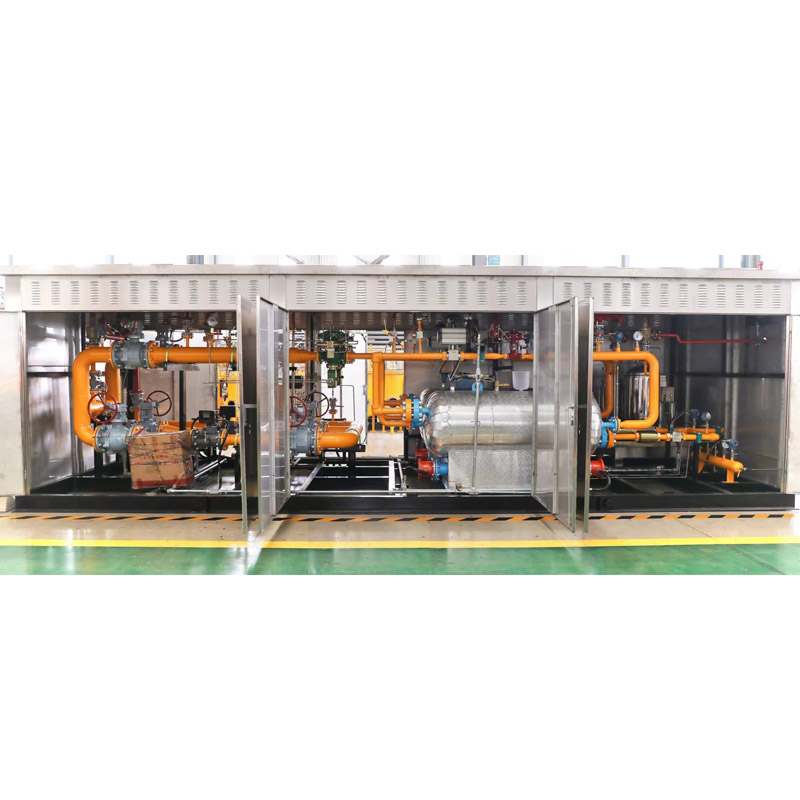
Dec . 05, 2024 21:15
Back to list
pneumatic control valve
Understanding Pneumatic Control Valves Function, Types, and Applications
Pneumatic control valves are essential components in various industrial applications, particularly in the field of automation and process control. These valves regulate the flow and pressure of compressed air or gas in a system, playing a critical role in controlling machinery, conveyors, and various other equipment. This article delves into the function, types, and applications of pneumatic control valves, highlighting their importance in modern industry.
Function of Pneumatic Control Valves
The primary function of pneumatic control valves is to manage the flow of air and gas within a system. They can either allow or block the passage of the medium, depending on the required operation. By altering the flow rate, pressure, and direction of the air or gas, these valves facilitate the smooth operation of pneumatic systems. The control is typically achieved using an actuator, which can be manually operated, electrically actuated, or pneumatically controlled.
Pneumatic control valves operate based on pressure differentials, and they can perform several functions such as throttling, regulating, and diverting airflow. For example, they can inject compressed air into a cylinder, enabling movement in machinery. The ability to fine-tune the flow ensures that systems can operate efficiently, enhancing productivity and performance.
Types of Pneumatic Control Valves
Pneumatic control valves come in several types, each suited for specific applications
. The most common types include1. Globe Valves These valves are widely used for throttling and flow regulation. They feature a linear motion, which allows for precise control over the flow rate.
2. Ball Valves Known for their quick operation, ball valves utilize a spherical disc to control flow. They offer low resistance and can completely shut off the flow when needed.
pneumatic control valve

3. Butterfly Valves These valves consist of a rotating disc and are ideal for applications requiring quick opening and closing. They are lightweight and compact, making them suitable for larger pipelines.
4. Solenoid Valves Operating electrically, solenoid valves control the flow of gas or liquid based on an electromagnetic mechanism. They are highly efficient for automated systems where quick response times are essential.
5. Check Valves These are used to prevent backflow in a system. They allow flow in one direction only, ensuring the safety and integrity of pneumatic systems.
Applications of Pneumatic Control Valves
Pneumatic control valves find applications across numerous industries. In manufacturing, they are used to control actuators that drive assembly lines, robotics, and material handling systems. In the automotive sector, they regulate airflow in paint systems, pneumatic brakes, and other critical processes.
Additionally, pneumatic control valves are prevalent in the food and beverage industry, controlling the mixing and dispensing of ingredients. They ensure that the production lines operate smoothly and efficiently while adhering to strict hygiene standards.
In the medical field, pneumatic valves play a crucial role in devices that require precise control of airflow, such as ventilators and aerosol delivery systems. Their ability to provide consistent and reliable control makes them indispensable in ensuring patient safety.
Conclusion
In summary, pneumatic control valves are vital components in the functionality of modern pneumatic systems. Their ability to control the flow and pressure of air and gases not only enhances operational efficiency across various sectors but also ensures precision in processes. Understanding the different types of pneumatic control valves and their applications allows industries to optimize their systems, leading to improved productivity and safety. As technology continues to advance, the role of these valves in automation and control will only become more significant, driving innovation and efficiency in industrial processes.
Latest news
-
Safety Valve Spring-Loaded Design Overpressure ProtectionNewsJul.25,2025
-
Precision Voltage Regulator AC5 Accuracy Grade PerformanceNewsJul.25,2025
-
Natural Gas Pressure Regulating Skid Industrial Pipeline ApplicationsNewsJul.25,2025
-
Natural Gas Filter Stainless Steel Mesh Element DesignNewsJul.25,2025
-
Gas Pressure Regulator Valve Direct-Acting Spring-Loaded DesignNewsJul.25,2025
-
Decompression Equipment Multi-Stage Heat Exchange System DesignNewsJul.25,2025

